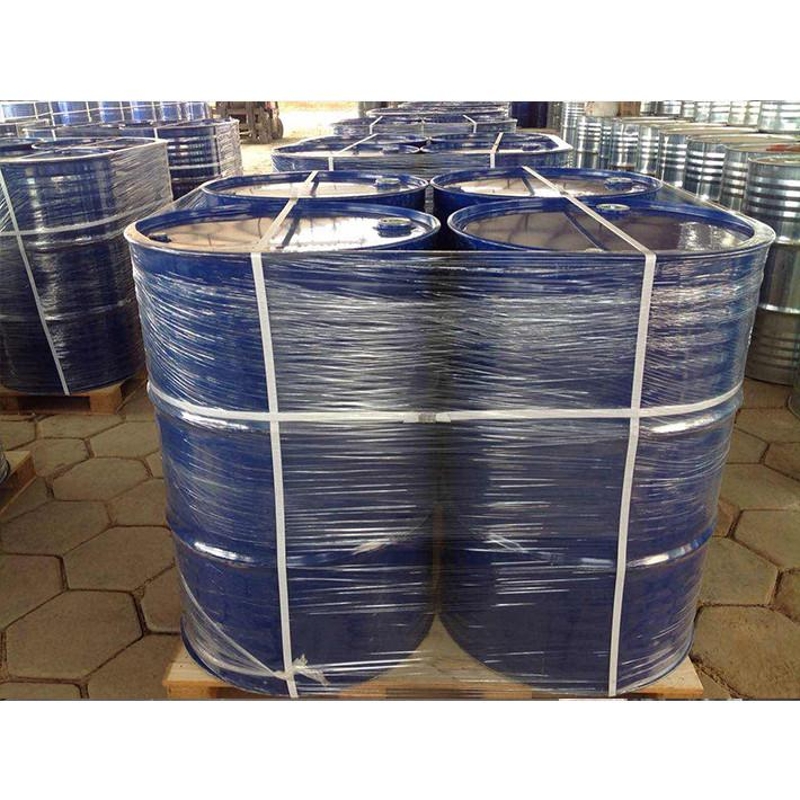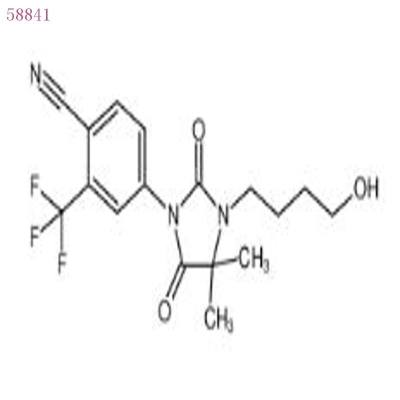Researchers have developed a new type of "gene scissors" carrier
-
Last Update: 2021-03-16
-
Source: Internet
-
Author: User
Search more information of high quality chemicals, good prices and reliable suppliers, visit
www.echemi.com
Researchers from Nanjing University, Xiamen University and Nanjing University of Technology said in a paper published in the new issue of the American journal Science Advances that they have developed a new vector of "gene scissors" tools that can be controlled for gene editing and have broad applications in the treatment of major diseases such as cancer.
CRISPR gene editing technology, known as "gene scissors," can precisely locate and cut off gene site points in DNA (deoxyribonucleic acid), shut down a gene or introduce new gene fragments for curing purposes. However, off-target effect has always been one of the key obstacles to its application.Song Yujun, author of the
paper and a professor at Nanjing University's School of Modern Engineering and Applied Sciences, told Xinhua that the current CRISPR-Cas9 technology itself has off-target effects, which pose challenges to precision therapy, and that the technology is mainly viral and may lead to cell cancer.
, the researchers' newly developed method uses a non-viral vector called "up-converting nanoparticles." These nanoparticles, which are "locked" in the CRISPR-Cas9 system of "gene scissors", can be swallowed in large quantities by cells. Because these nanoparticles are photocatalytic, they emit ultraviolet light under non-invasive near-infrared light, opening the "lock" between the nanoparticles and the Cas9 protein, allowing the Cas9 protein to enter the nuclei of the cell for precise gene shearing. Studies have shown that the effectiveness of this method has been verified in in-body cell and mouse live tumor experiments.
, an expert, said infrared light has powerful tissue penetration, which makes it possible to safely and accurately apply gene editing techniques in deep human tissues. (Source: Xinhua News Agency Zhou zhou)
related paper information:
This article is an English version of an article which is originally in the Chinese language on echemi.com and is provided for information purposes only.
This website makes no representation or warranty of any kind, either expressed or implied, as to the accuracy, completeness ownership or reliability of
the article or any translations thereof. If you have any concerns or complaints relating to the article, please send an email, providing a detailed
description of the concern or complaint, to
service@echemi.com. A staff member will contact you within 5 working days. Once verified, infringing content
will be removed immediately.







